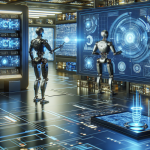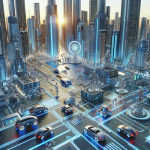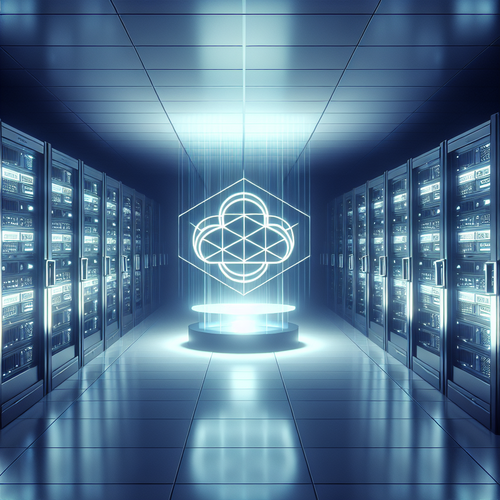
Exploring AI's Role in Modern Robotics
Exploring AI’s Role in Modern Robotics
The field of robotics has undergone a dynamic transformation over the past few years, largely due to the integration of Artificial Intelligence (AI). The synergy between these two domains is not only fascinating but also pivotal for future technological advancements. In this tutorial, we will explore how AI is reshaping robotics and the various applications that have emerged as a result.
Prerequisites
To fully appreciate AI’s impact on robotics, a basic understanding of both domains is beneficial. Familiarity with machine learning and robotic systems will enhance your reading experience but is not mandatory.
AI-Driven Innovations in Robotics
AI has enabled robots to move beyond simple programmed behaviors to more sophisticated functionalities through learning and adaptation. The learning models, powered by machine learning, allow robots to analyze vast amounts of data and improve their tasks autonomously.
Autonomous Navigation
Robots equipped with AI can now navigate complex environments autonomously. For instance, delivery robots in urban settings can dynamically find their way around traffic and pedestrians, ensuring efficient and timely deliveries.
Robotics in Healthcare
The healthcare industry is leveraging AI-powered robotics for surgeries and patient care, allowing for unprecedented precision and reduced human error. Robots are also notable in assisting the elderly, providing medications and companionship.
Industrial Applications
In factories, AI-enabled robots enhance productivity by performing repetitive tasks more efficiently and with higher accuracy than human workers. This includes quality assurance processes that rely heavily on computer vision technologies.
Challenges and Considerations
Despite the remarkable advancements, AI in robotics presents its challenges, such as ethical considerations, the need for robust data privacy measures, and the high costs associated with deploying these systems. Microsoft AI (Official site) and other companies are constantly innovating to overcome these hurdles.
Troubleshooting Common Issues
- Integration Problems: Ensure that AI systems are properly integrated with existing robotics systems to avoid compatibility issues.
- Data Management: Maintain an efficient pipeline for data acquisition and processing to avoid bottlenecks.
- System Upgrades: Keep your systems updated to benefit from the latest technological advancements and security patches.
Summary Checklist
- Understand the role of AI in enhancing robotics functionality.
- Identify the key applications where AI is making a significant impact.
- Consider ethical and operational challenges associated with AI in robotics.
- Stay informed about the latest advancements and best practices.














